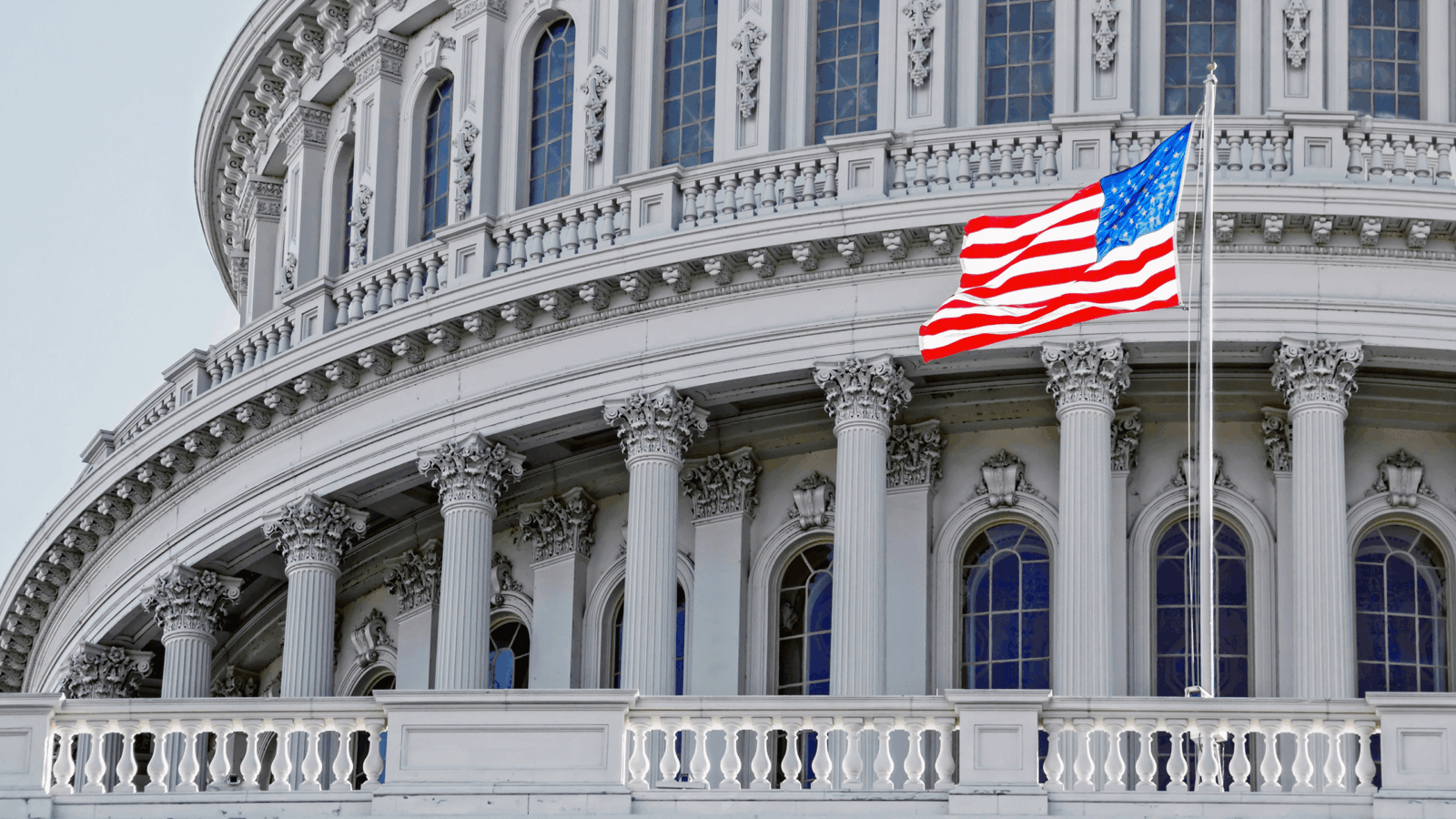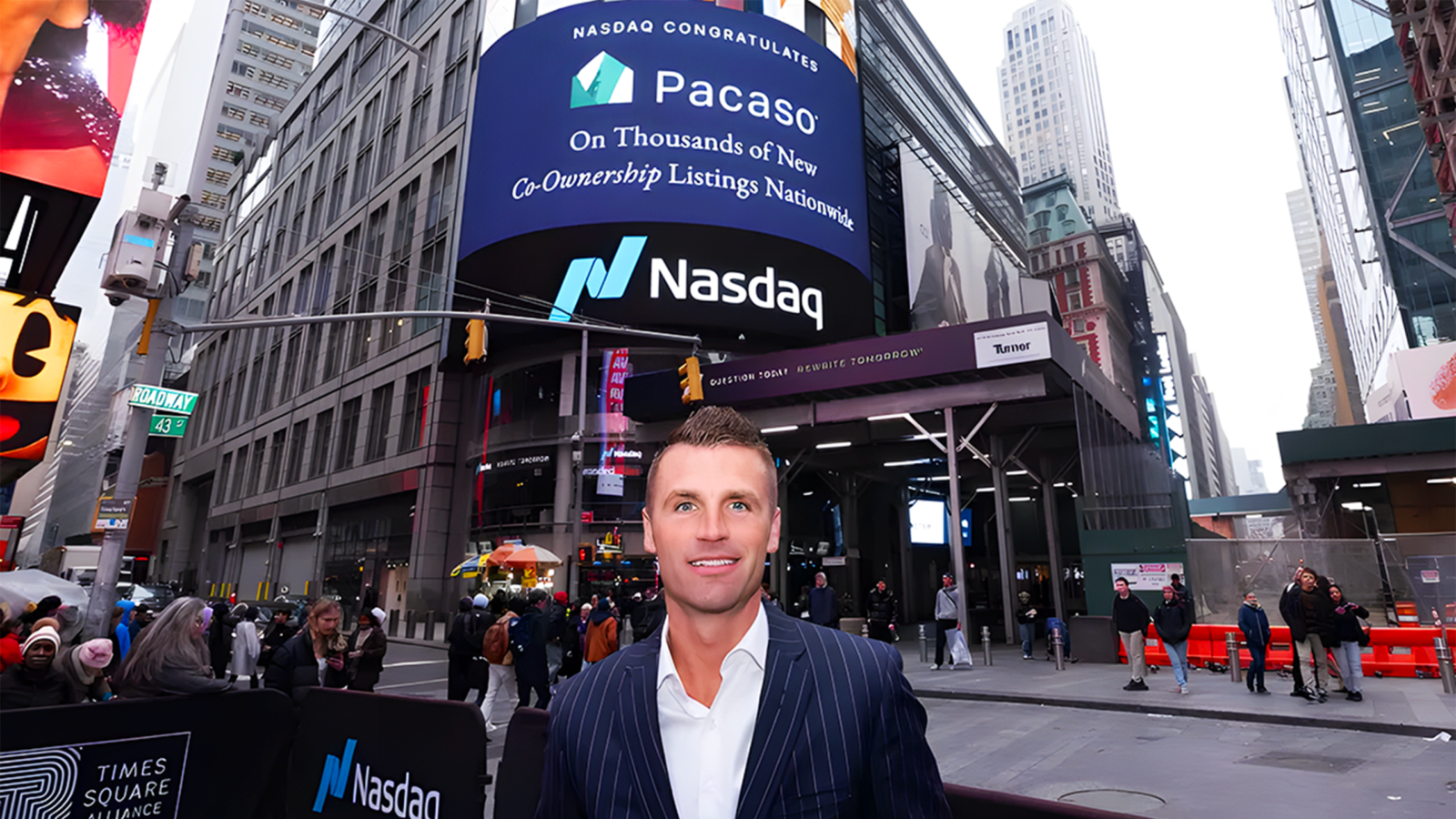Good morning.
On Sesame Street, N is for Netflix. On Monday, the streaming giant snapped up the rights to distribute the 56-year-old children’s television institution, throwing a much-needed lifeline to the Sesame Workshop, the nonprofit behind Big Bird, Cookie Monster, and Elmo.
The organization was staring down a perilous financial cliff after Warner Bros. Discovery last year decided not to renew an HBO deal that paid upward of $30 million a year — that’s a lot of figurative dough that would have financed Cookie Monster’s need for the real stuff. In March, Sesame Workshop laid off 20% of its staff to cope with a “changing media and funding landscape.” The new deal will keep Sesame Street at its longtime home, PBS, with new episodes running the same day on Netflix, PBS, and the PBS Kids app starting later this year. The workshop noted the “unique public-private partnership” that will keep the show free for US children as a cause for widespread celebration. Sure, except Oscar still lives in a trash can. Where’s the equity in that?
Gold Shines, Treasurys Lose Luster as US Credit Score Weakens

Stock markets were unmoved on Monday by Moody’s decision to downgrade its rating of US debt — the S&P rose 0.09%, the ticker equivalent of a yawn.
That’s because Moody’s rationale for the cut was less surprising than fireworks on the Fourth of July. However, the knock-on effects on Treasury markets may impact consumers and interest rates, and some investors warned that Moody’s and other agencies have understated the risks posed by the US government’s finances.
Tell Us Something We Don’t Know
Moody’s downgraded the US credit rating by one notch to Aa1 from Aaa late Friday, citing two things: over a decade of US administrations and congresses, helmed variously by both parties, racking up trillions in deficit spending (last year’s deficit was $1.8 trillion, equal to 6.4% of GDP) and skyrocketing interest payments on the $36.2 trillion national debt (the average interest rate on US debt is a historically high 3.289%).
In doing so, Moody’s became the last of the three major credit rating agencies to downgrade the US from its highest possible rating, following Fitch in 2023 and Standard & Poor’s in 2011. Not only was its decision unsurprising, but the previous downgrades didn’t derail America’s performance as an economic powerhouse. As Bank of America analysts wrote in a note Monday, the downgrade “doesn’t tell investors anything they don’t already know about the US’s fiscal woes.”
Yeah, $36.2 trillion is a lot, we know. But a downgrade, even one so obvious, still has notable implications. When a country’s credit rating goes down, its cost of borrowing generally goes up because it’s seen as a bigger risk for creditors, who want higher interest rates in return. On Monday, the 30-year Treasury bond yield climbed to 4.937% by the close of trading. For consumers, that matters because Treasury bonds influence rates on credit cards, auto loans, and 30-year fixed mortgages. There are also some investors who think the downgrade doesn’t sufficiently capture the troubled state of US finances:
- “Credit ratings understate credit risks because they only rate the risk of the government not paying its debt,” tweeted Bridgewater Associates founder Ray Dalio. “They don’t include the greater risk that the countries in debt will print money to pay their debts, thus causing holders of the bonds to suffer losses from the decreased value of the money they’re getting.”
- As for how politicians are dealing with debt, the House Budget Committee approved President Trump’s tax and spending bill on Sunday. Economists have broadly projected that the proposal, which includes more tax cuts and spending increases than reductions to offset them, will add trillions in debt in the coming decade — not the direction Moody’s is looking for.
Shiny Old Object: When economic uncertainty hits, it’s gold’s time to shine. The safe haven asset, up 23% this year, climbed 0.9% Monday to $3,229.51 an ounce on the spot market. Even before the Moody’s downgrade, Goldman Sachs analysts last week projected the precious metal will reach $3,700 an ounce by the end of the year — $3,880 if there’s a recession.
Keep This Stock Ticker On Your Watchlist

They may not be trading on the Nasdaq yet, but Pacaso just reserved the ticker “$PCSO.” No wonder investors are excited to secure a stake now in Pacaso as a private company.
Founded by the man who took Zillow from seed to IPO, Pacaso brings co-ownership to the $1.3T vacation home industry.
They’ve already generated $1B+ worth of luxury home transactions across 2,000+ buyers. Top firms like SoftBank and Maveron even invested.
Now, after 41% gross profit growth last year, surpassing $110M+ total, Pacaso is ready for what’s next. Best of all? You don’t have to wait to join.
Until May 29, you can become a Pacaso investor for just $2.80/share. Buy Pacaso stock today.*
Klarna Discovers Customers Prefer Buying Now to Paying Later
As it turns out, shoppers absolutely love the first half of the “Buy Now, Pay Later” equation, but quite a few are prone to take the second half as more of a suggestion than a hard rule.
With its much-anticipated IPO on standby, preeminent BNPL firm Klarna announced it has crossed the 100 million-user mark on Monday. That sounds nice, but the increased user base has come coupled with increased losses as consumers increasingly struggle with the “pay later” part of the arrangement. Which begs the question: Can Klarna succeed amid harsh macroeconomic conditions?
File Now, Launch Later
Klarna is sitting in a pre-IPO limbo. The Swedish firm filed for its New York Stock Exchange debut in March, but less than a month later, Bloomberg reported that it was putting its launch plans on pause amid tariff-induced market turmoil. The on-and-off plans follow a yearslong aggressive expansion, especially in the US, where the firm has scored high-profile partnerships with the likes of Walmart, DoorDash, and eBay.
The push helped the company reach 100 million users, bringing both a 13% year-over-year revenue increase in the first quarter to $701 million and a 17% year-over-year increase in consumer credit losses, which reached $136 million in the first three months of the year. In total, the company posted a quarterly net loss of $99 million — about double its loss a year ago (though the company noted significant one-off costs related to staff share awards and its IPO filing-and-pausing).
While post-pandemic inflation turned the company into a fintech darling, its $15 billion target IPO valuation was only about a third of its peak back in 2021, and the company now faces the new economic reality of a possible, if not likely, recession. It’s tough to know what to expect for the BNPL industry:
- On the one hand, tough economic conditions are likely to increase demand for BNPL services; a recent Lending Tree survey found 25% of respondents were using BNPL to buy groceries, up from 14% last year. On the other hand, a recession will reduce consumer spending overall, and delinquency rates appear to be increasing already.
- Klarna, for its part, touts the short-term nature of its loans; the company told the Financial Times on Monday that 83% of its loan book refreshes within three months, allowing it “to respond rapidly to evolving market conditions.”
Man Up: A recession isn’t the only economy-reshaping force Klarna is facing. The firm says it replaced roughly 40% of its workforce in the past two years with artificial intelligence as part of a cost-cutting effort, though CEO Sebastian Siemiatkowski recently admitted to Bloomberg that Klarna is now on a human hiring spree to ensure users can talk to a customer service agent of the flesh-and-bone variety. We’ll call it a new trend: “AI now, rehire later.”
Bitcoin Is Reshaping The Modern Financial Ecosystem. Bitcoin 2025 is the crypto event of the year, drawing 30,000+ attendees and world-class speakers like JD Vance, Ross Ulbricht, and David Sacks. Enjoy epic networking in Vegas from May 27-29 and get 30% off with code UPSIDE30 when you register with this link.
What is Microsoft’s AI Future Without OpenAI?
If headlines are to be believed, human-AI romantic relationships are on the rise. Microsoft, on the other hand, is in the midst of a conscious uncoupling with its longtime AI partner-slash-pseudosubsidiary.
As its relationship with OpenAI evolves and dissolves, Microsoft offered some clues Monday at its Build developer conference in Seattle about its now somewhat murky future in the AI space. The main message? The tech giant is single and ready to mingle.
I Azure You, We’re Open
For a while, OpenAI seemingly was Microsoft’s AI play. Now? Not so much. With $13 billion invested to date, the world’s most valuable company remains the biggest backer of the world’s most famous AI startup. But last year, tensions between the two came to a head as Microsoft shut off the money hose amid concerns over financial stability, according to sources who spoke to The New York Times. Those tensions only became further inflamed this year as OpenAI leaders began to yearn for an IPO and more freedom from the shackles of its nonprofit control structure, according to a Financial Times investigation published last week.
Still, Microsoft hasn’t developed its own large-language model. But what it lacks in consumer-facing AI products, the company seems to think it more than makes up for in back-end AI platforms. Translation: At the center of Microsoft’s AI play is its ability to power AI products of the non-ChatGPT variety:
- On Monday, Microsoft announced that it is expanding Azure’s AI foundry model to include support for Grok 3 and Grok 3 mini, the AI models created by Elon Musk’s xAI. This adds Grok to a list of 1,900 AI models that can be hosted by Azure. Last week, Microsoft CEO Satya Nadella told Bloomberg that the Azure team worked overtime to add support for DeepSeek’s R1 model after its splashy debut earlier this year.
- Microsoft also announced Monday that Windows will soon add support for Anthropic’s open-source “Model Context Protocol” system, which powers so-called “AI Agents” across various apps and services. Microsoft also announced more tools for using AI models directly on its computers rather than through Azure.
Shifting Terms: In an interview with The Verge published Monday, CTO Kevin Scott pushed back on recent Reuters reports that Microsoft is scaling back its $60 billion data center expansion plans, though he didn’t entirely dismiss a question about whether OpenAI has changed from an interdependent AI partner to merely a major Azure customer. As couples therapists often say, sometimes it’s good to define the terms of a relationship.
Extra Upside
- Auction Find: US drugmaker Regeneron agreed to buy 23andMe out of bankruptcy for $256 million and is pledging to use the company’s customer DNA data ethically.
- Steel of Approval: As it seeks to convince Washington to greenlight its bid for US Steel, Japan’s Nippon Steel is planning to invest $14 billion in the Pittsburgh company’s operations.
- An Investing Strategy Built From The Masters. Prophet has churned 5 Terrabytes of data from the strategies of 25 investing masters, including Buffett and Lynch, and tested it over 16 years. The result is a platform that generated 21.6% returns per year. Sign up for Prophet and get two months at no-cost.**
** Partner
Just For Fun
Disclaimers
*This is a paid advertisement for Pacaso’s Regulation A offering. Please read the offering circular at invest.pacaso.com. Reserving a ticker symbol is not a guarantee that the company will go public. Listing on the NASDAQ is subject to approvals. Under Regulation A+, a company has the ability to change its share price by up to 20%, without requalifying the offering with the SEC.
**As measured annually from January 2009 to January 2025

